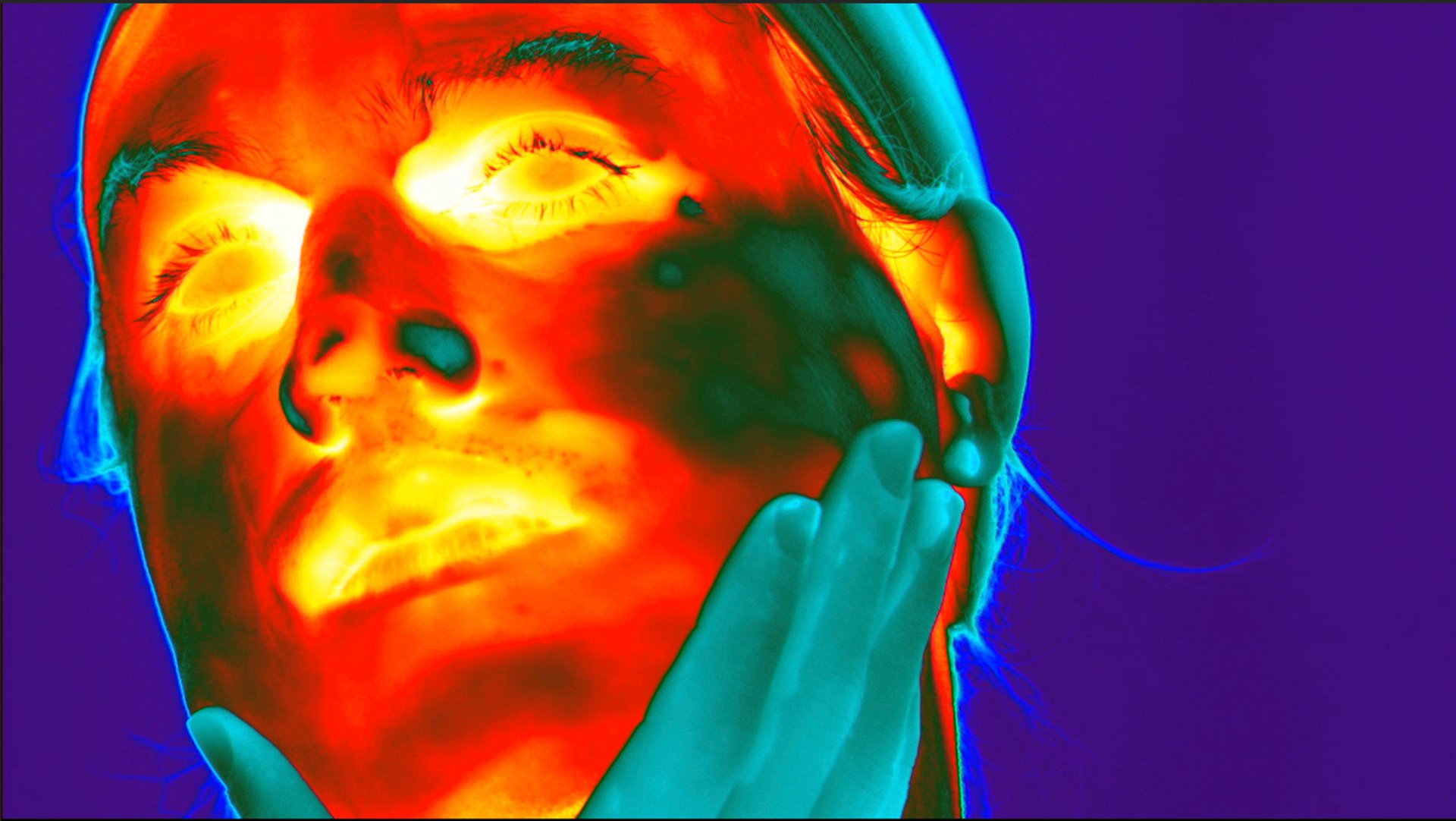Del Vaz Projects
Until 18 April
The sky turned orange last month in Los Angeles. Like in the late artist Derek Jarman’s short film, Journey to Avebury (1971), it was as if a coloured gel had been placed over our eyes. “Was the glow in Jarman’s video evocative of the gilded hue of Elizabethan England?” asks Jay Ezra Nayssan, the founder of Del Vaz Projects in Santa Monica. “Or symptomatic of the arsenic-heavy smog of post-war industrialised London?” This is the question that Jarman leaves unanswered, and one that recurs—when looking up at a vibrant, pollution-induced sunset or a dense grey cloud that could be either rain or smoke—in our present eco-political climate.
Jarman, alongside Ana Mendieta and P. Staff, are featured in Earthshaker, the inaugural exhibition of Del Vaz Projects’ second decade and its most ambitious to date. The show is accompanied by an eponymous art book with essays by Eva Hayward, McKenzie Wark and Maxi Wallenhorst, in addition to a city-wide screening programme at institutions such as the Hammer Museum and Museum of Contemporary Art, Los Angeles.

Weed Killer (2017) is a video created by P. Staff, inspired by the writer and artistCatherine Lord’s description of undergoing chemotherapy treatment for cancer
Courtesy of the artist and Commonwealth and Council
Humanity’s contamination
Earthshaker’s artists, united by their shared invocation of alchemical transmutations and queer ecologies, foreground how humanity’s contamination of the landscape is continually reified in our bodies by a toxic environment. “This mixing of disparate ideas is central to what we do at Del Vaz Projects,” says Nayssan, whose curatorial vantage routinely engages notions of spirituality and sexuality. “We bring in frameworks from disparate disciplines and apply them to art.”
In conceiving of the exhibition, Nayssan says he looked to “Mendieta’s radical, illimitable work as a prototype for queer artistic practice in the ensuing century”—much like many contemporary artists who have taken up the fruits of her legacy to consider their own objectified, regulated or alienated bodies in an inhospitable terrain (whether social, institutional or environmental).
Mendieta’s concept of the “earth/body”, which she defined as a “total identification with nature”, serves as a central conceit in Earthshaker. It weaves together the video, photography and paintings on view that leverage chromatic experimentation, collage and natural and toxic materials to, as Nayssan writes, “welcome the interstitial in order to imagine more deviant and transgressive ecologies”.
Blurring boundaries
Mendieta’s Silueta Series (1973-81), for example, evidences a consummate blurring of the boundary between herself and her surroundings as the vague outline of her body hovers like an impression in a riverbed, a moss-covered volcanic rock or a dense forest.
Derek Jarman’s Black Paintings (1986-93) abstractly constitute a body through a constellation of found objects—condoms, seeds, bibles, wedding bands, thermometers, bullets, broken glass—embedded in a black, tar-like surface. This surface echoes the process of melanosis. For instance, during the Industrial Revolution, moths evolved to be darker colours to avoid predators by blending in with the pollution. This is a burning and blackening that must take place before something new can emerge from the ashes. And Staff’s acid-treated galvanised-steel barrel, deconstructed into two discrete flat works—Compensation and On Living, Still II (both 2022)—engenders a consideration of poison’s medicinal potential as potion, a paradoxical binary that echoes the artist’s recurrent push against structures that perpetuate our ecological realities, heteronormative systems and compromised bodies.
Much like the process of melanosis that metaphorically undergirds the exhibition, the literal black soot, smoke and rubble that has plagued Los Angeles may be—if evidenced by nothing other than the sheer outpouring of mutual support and solidity across the city—the alchemical ash from which new hope rises.

